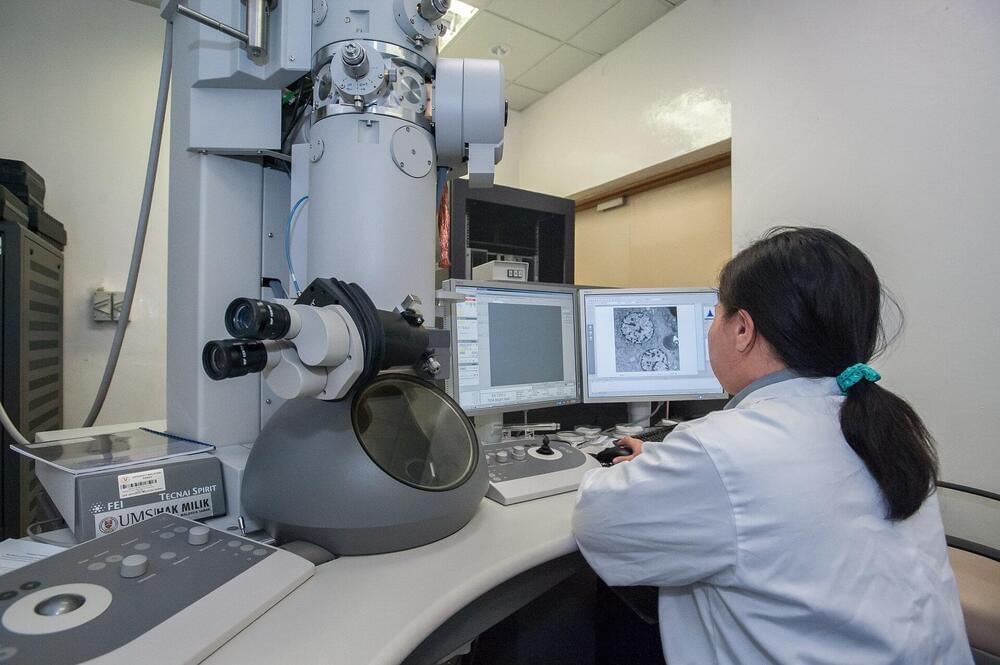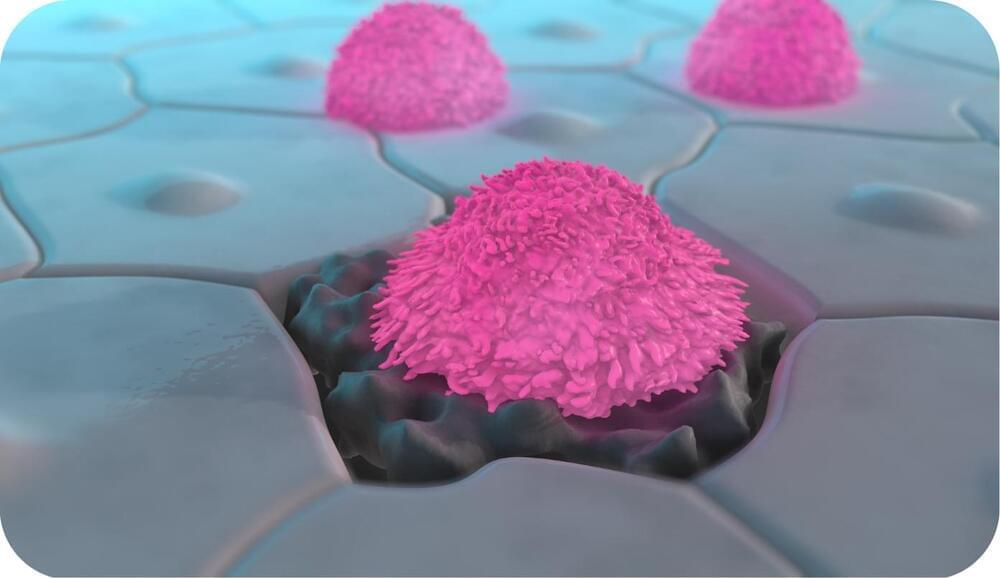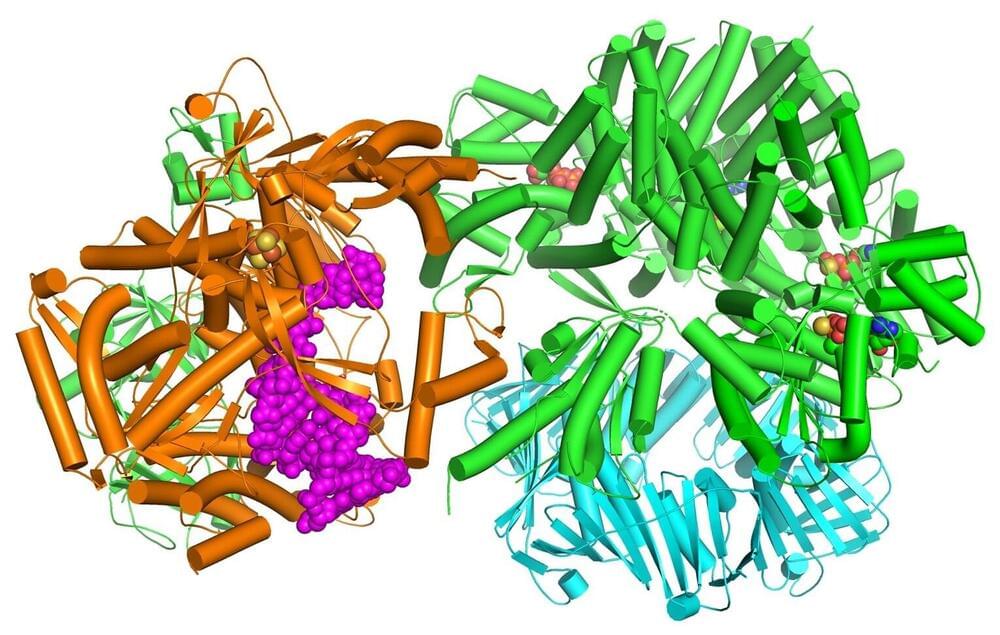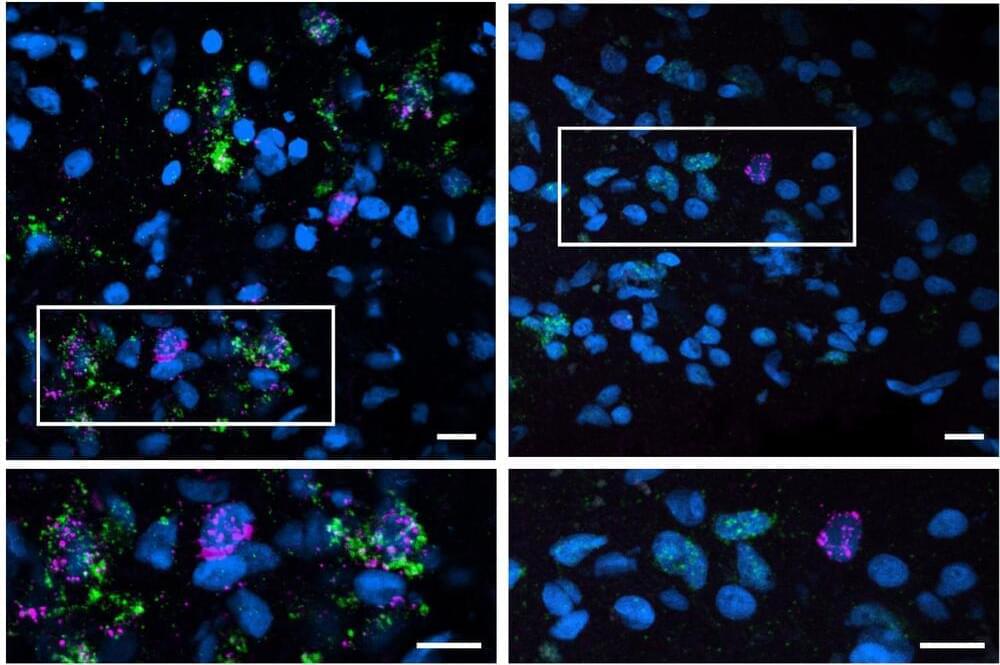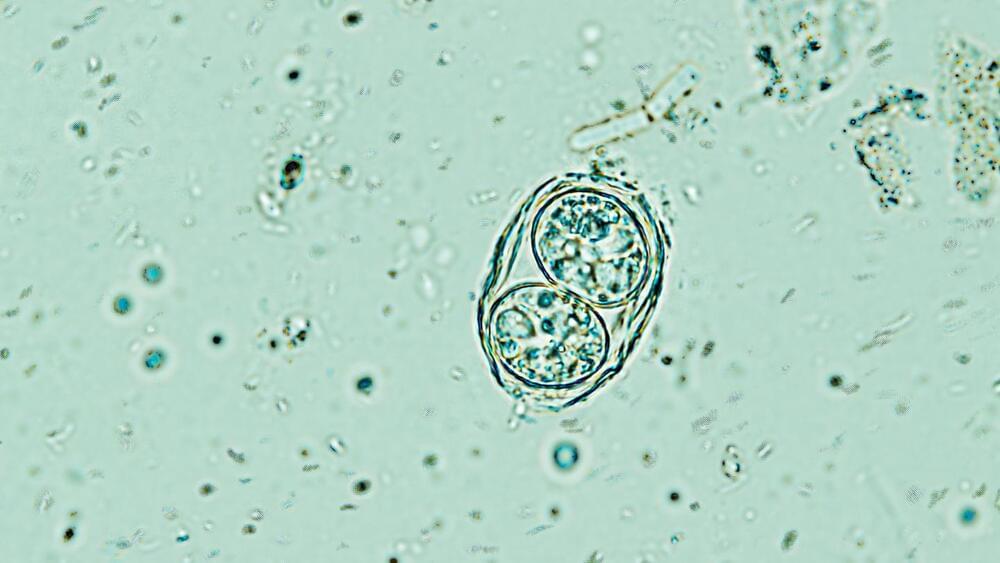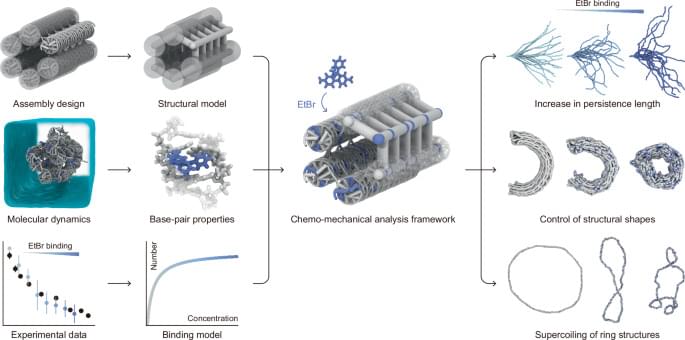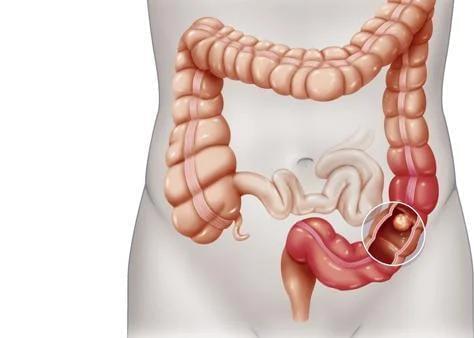Aug 1, 2024
Microscopy breakthrough promises better imaging for sensitive materials
Posted by Shubham Ghosh Roy in categories: biotech/medical, materials
An international team of scientists, led by Trinity College Dublin, has devised an innovative imaging method using state-of-the-art microscopes that significantly reduces the time and radiation required. Their work represents a significant breakthrough that will benefit several disciplines, from materials science to medicine, as the method promises to deliver improved imaging for sensitive materials such as biological tissues that are especially vulnerable to damage.
